Apple Music or Spotify Premium? More than almost any other online service you subscribe to, your choice of paid-for music streaming service feels a real commitment – you likely use it most days and it can feel difficult (and arduous) to switch provider.
Apple Music’s subscriber base growing at an astonishing rate, which might make you would think that there’s only one clear choice, but thanks to Spotify’s years of experience and its music discovery technology, the decision is harder than you think.
Here’s our definitive ranking of the two main music streaming services (no we haven’t included Tidal, because well, it’s Tidal).
Apple Music – Music Library
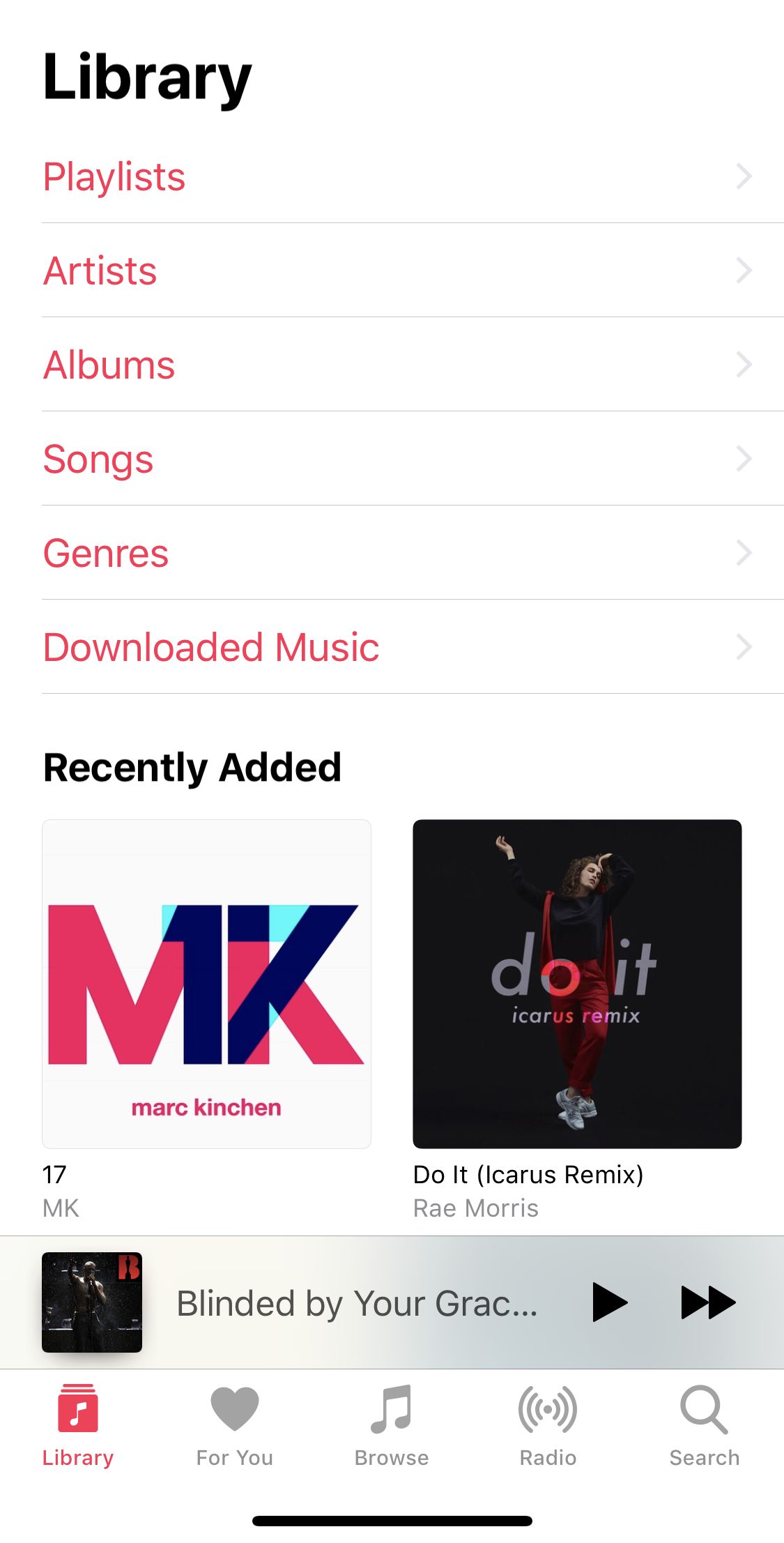
Apple Music might be younger than Spotify but thanks to Apple’s incredible size as a company, it has managed to secure an enviable music library.
It has over 45 million songs within its collection and can integrate with your own iTunes library including any music that you’ve ripped from CDs or bought in the past, even if they’re no longer available.
Spotify – Music Library

Spotify hasn’t revealed the exact number of songs in its library for a while but at last count it has 30+ million. Honestly, both services have now reached a stage where unless one artist suddenly decides they hate the ecosystem you’re going to struggle to find any differences. Even Thom Yorke, well documented long-time hater of Spotify, has finally caved and put all of his solo work onto the app.
Where Spotify can find itself wanting is when it comes to integrating your existing music library. If, like lots of us, you’ve got thousands of songs ripped from CDs or bought back when iTunes was still a thing people used, then Spotify makes it remarkably difficult to welcome them into the app.
Winner: Apple Music – It has more music, it’s that simple.
Apple Music – How easy is the app to use?
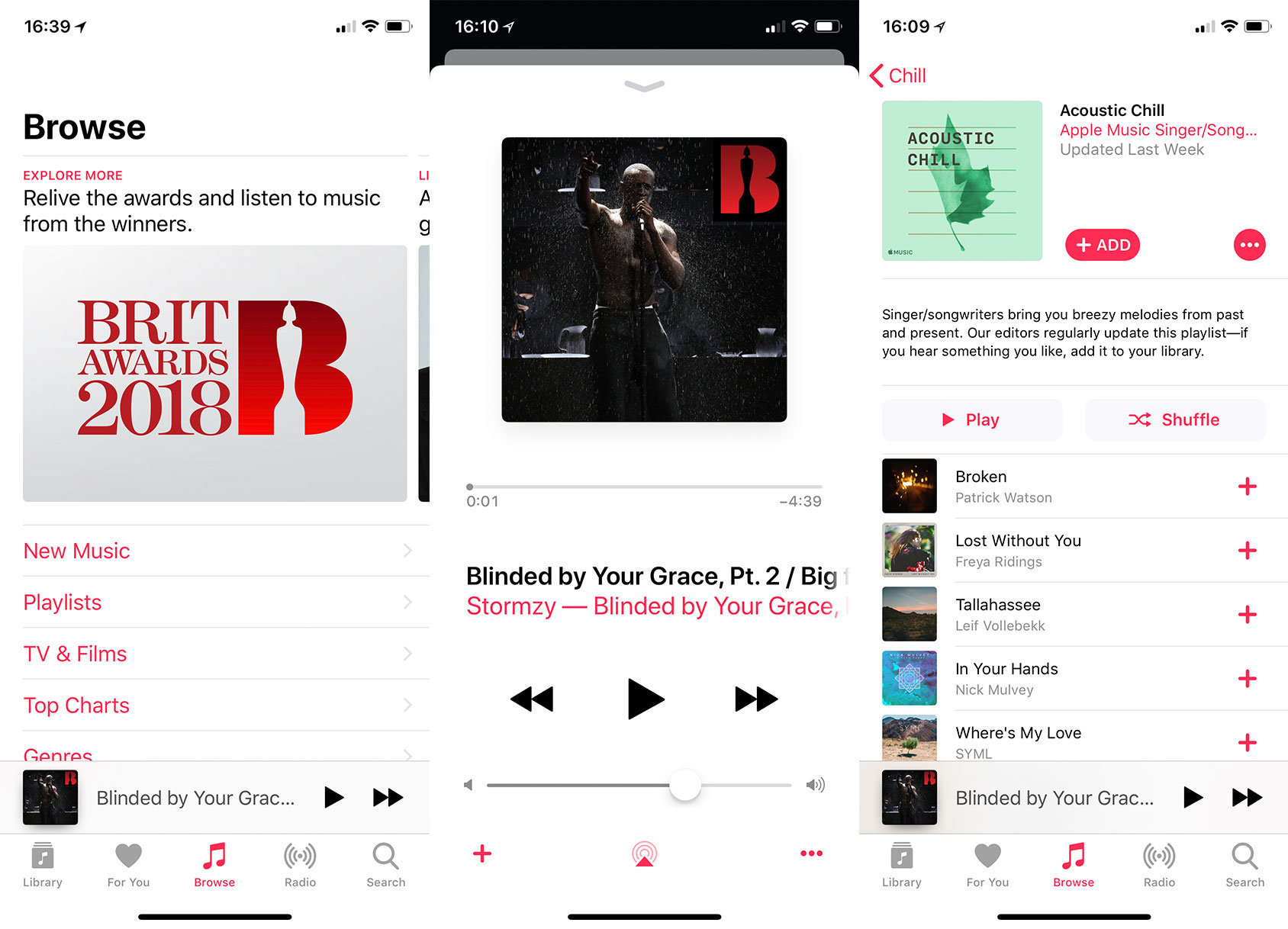
Apple’s interface looks fantastically simple, which on the surface sounds like a positive but it does come with some pretty noticeable drawbacks.
With such huge images and simple text the main ‘Browse’ section of the app looks frankly sparse. Explore further and things don’t get much better, with realms of unused space being filled with vast swathes of white. The only way to describe it is that it doesn’t feel very ‘human’ – It’s a database, it contains music and you can play that music.
Despite these design shortcomings, actually searching and adding music to your library is a doddle, and the Now Playing screen is blissfully straightforward. Finally it’ll always just download music in background so you can close the app and be safe in the knowledge that it’s still downloading that album you’ve just found.
Spotify – How easy is the app to use?
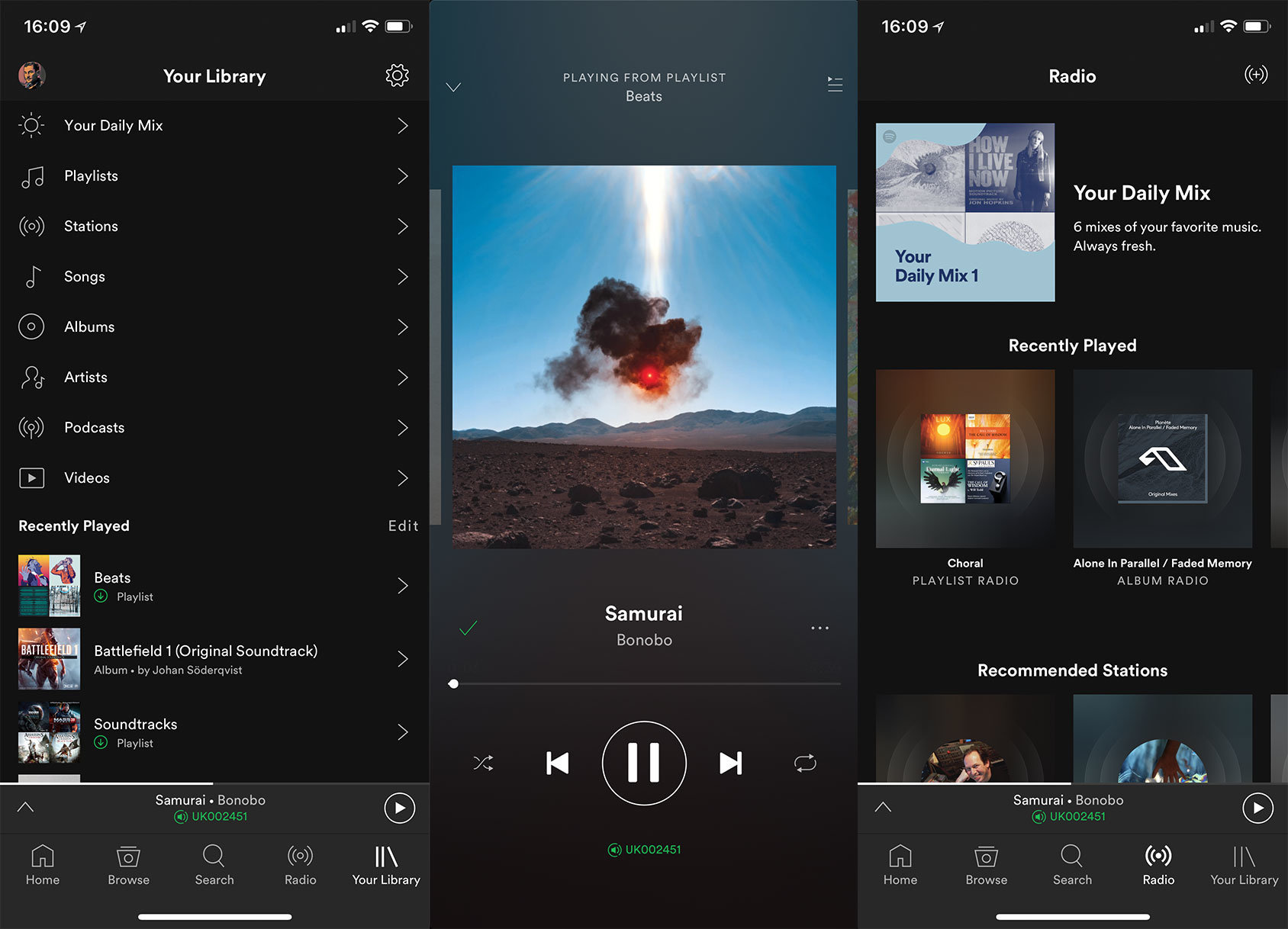
Spotify’s user interface is a considerably warmer experience. The dark theme feels less glaring on your eyes while the app’s relentless focus on discovering new music makes you feel like you’re about to find something new.
Where it struggles, is in actually understanding your library. While Apple Music will instantly download any music you add, Spotify still makes it difficult to understand what’s in your library and what’s actually downloaded to your phone. Also, it won’t download songs in the background on iOS devices, meaning you have to keep the app open. Baffling.
Spotify really shines however with its community focus, letting you follow your friends, see their playlists and even see what they’re playing now giving you a constant wealth of music knowledge to tap into.
Finally, and this deserves mentioning, the app also has a feature called Autoplay. When you reach the end of an album or playlist Spotify will just carry on playing music that is related to that genre and that it thinks you’ll like. It works almost scarily well.
Winner: Spotify – Far more features and an interface that just feels more personalised for you as an individual.
Apple Music – Music Discovery
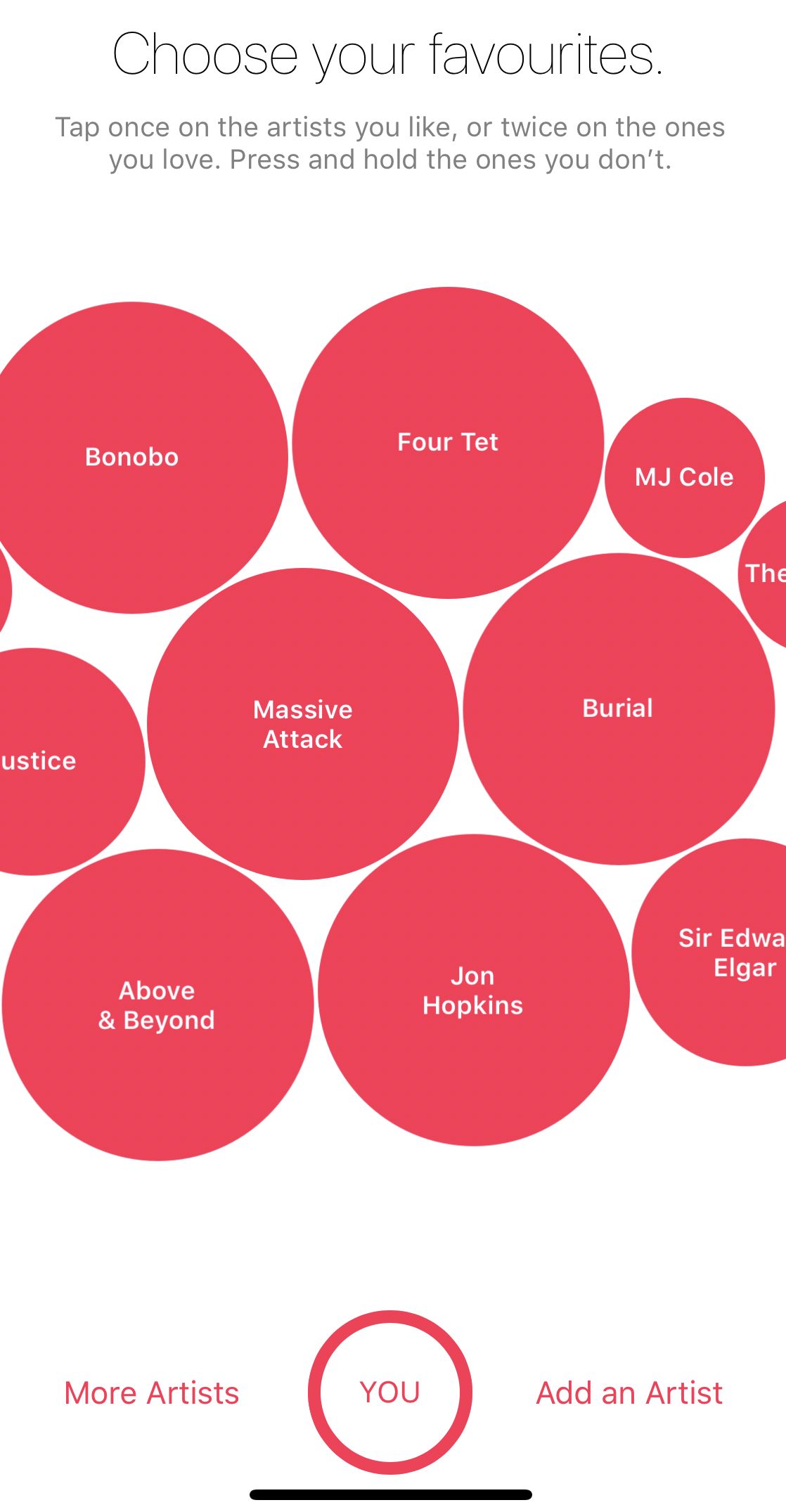
Apple’s music discovery is very hands-on which means that the moment you sign up, you’re asked to pick bands and genres you like using this oddly therapeutic bubble animation. Quite simply, the larger the bubble, the more you like it.
You can manually add artists yourself and then Apple combines that with your existing library to start recommending music. It’s not a particularly efficient process but once you’re through it, Apple does a pretty decent job of pulling together recommendations.
Rather than create custom playlists however, Apple will recommend playlists that it says have been pulled together by its own team of expert curators. The lists are excellent, but they still suffer from the fact they weren’t made for you, just for people who have similar musical interests.
Spotify – Music Discovery
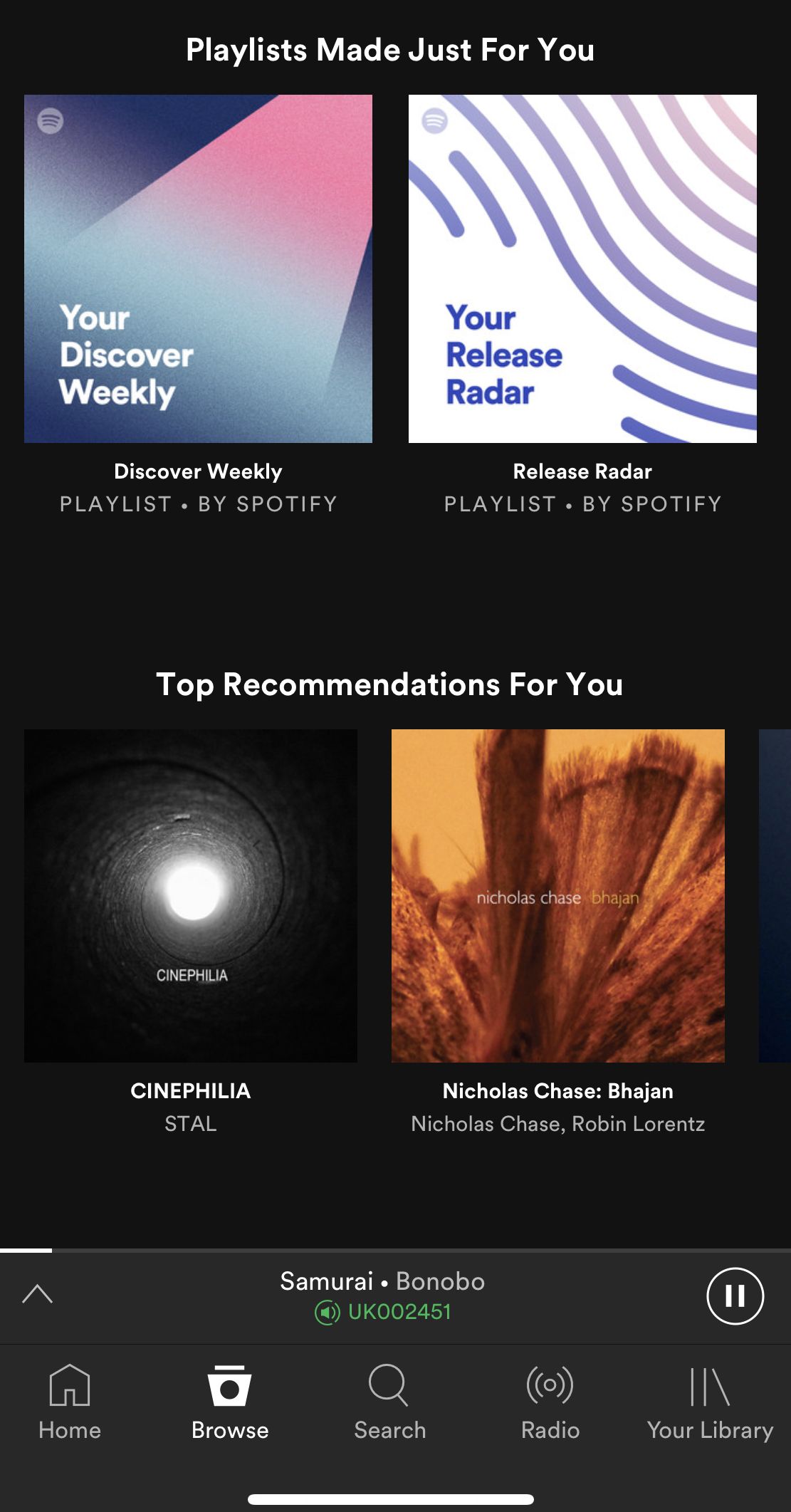
If there’s one thing Spotify has absolutely nailed, it’s music discovery. Using an algorithm that at times feels like genuine telepathy it is able to understand your musical tastes faultlessly.
‘Discovery Weekly’ is a custom-built playlists just for you that will help you find new music every week, while the ‘Release Radar’ pulls together all the new releases from the artists you like. What’s really cool is that you can also follow friends’ Discover Weekly playlists, giving you an even greater supply of new music.
Add to that an exemplary ‘Radio’ function that’ll create rolling playlists based off of a song, artist or album and Spotify will make you feel like the app was built just for you.
Winner: There was no contest here, until Apple Music’s algorithms can catch up Spotify is the undisputed master of music discovery.
Apple Music – Compatibility
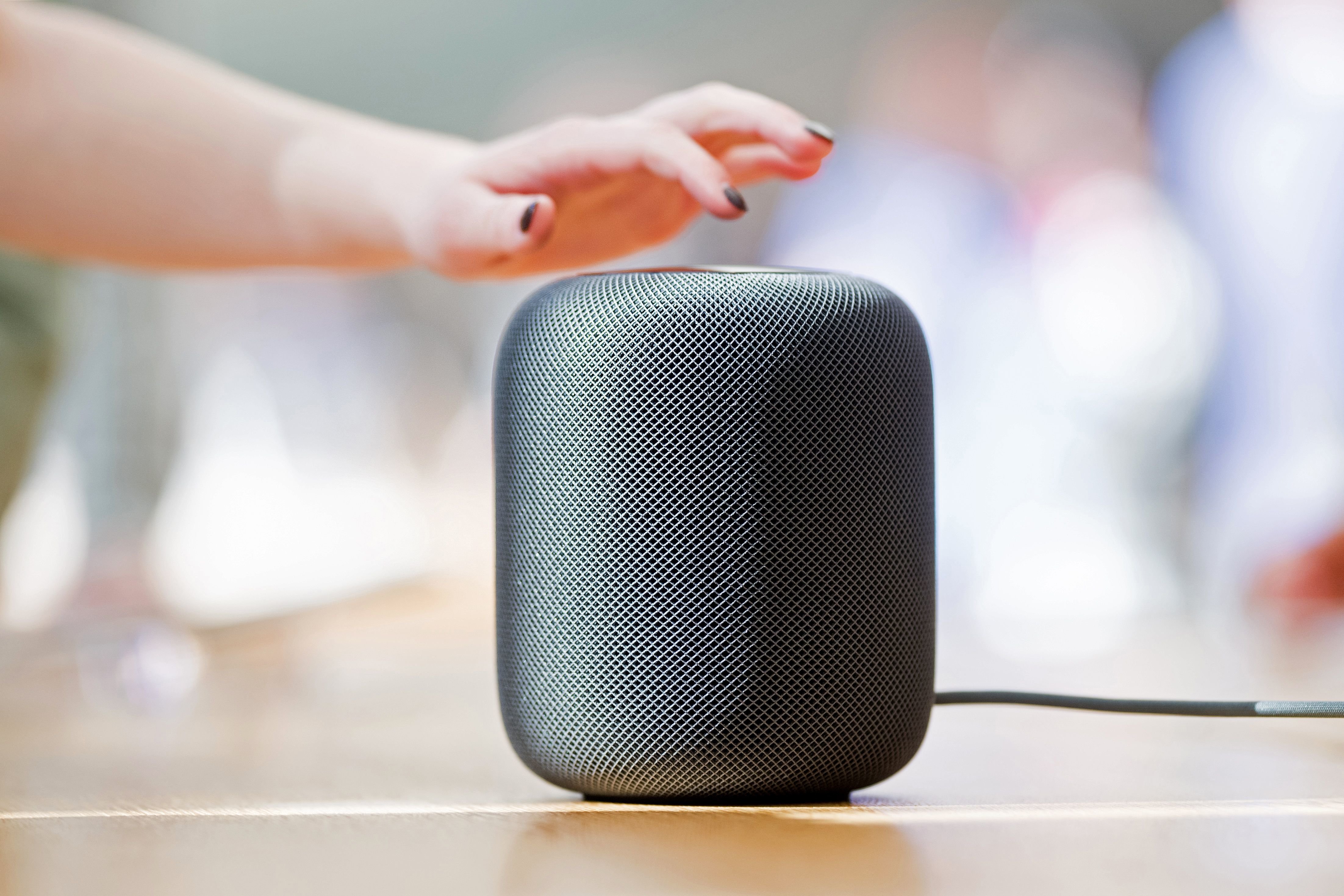
Apple Music has one thing that Spotify doesn’t, and that’s the support of Apple’s ecosystem. If you’re an Apple user across the board, then Apple Music is really, really easy to use.
You can download playlists direct to your Apple Watch and play them while you’re out running, and it’s built into Apple’s new HomePod speaker, letting you request songs and playlists via Siri. It also uses AirPlay, Apple’s own wireless streaming technology making it super easy to wirelessly send songs to compatible speakers.
But it struggles in playing nice with other manufacturers. Quite simply, it doesn’t. You can’t add Apple Music to Google Home or Amazon’s Echo, instead you have to physically stream them over Bluetooth from your iPhone or iPad.
Apple Music does work with Sonos, which is a blessing, but only if you’re completely sold on the idea of Sonos.
Spotify – Compatibility
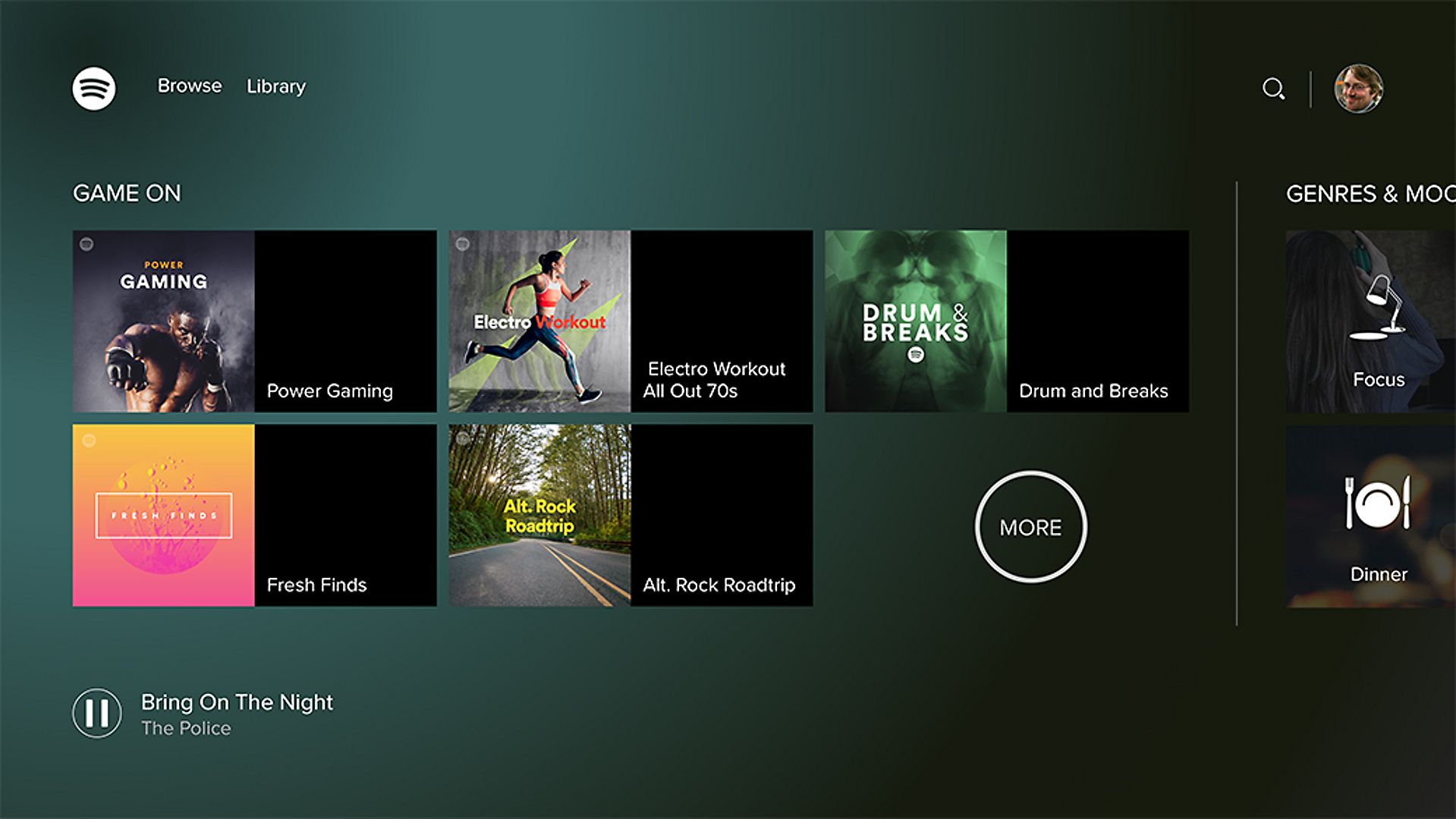
Spotify on the other hand, does play nice with just about everyone. You can add your Spotify account to Google Home and Amazon Echo and even request songs by voice through those speakers. Sonos users can not only add Spotify but they can then remotely control their speakers through the Spotify app itself.
If you’re an avid gamer then there’s more good news, the Spotify app is available on both Xbox One and PS4 and both allow music to be seamlessly played over the game you’re playing. There’s even integration with Samsung’s wearable devices, letting you download music ahead of a run or trip to the gym.
Where Spotify falls short is, unsurprisingly, when it comes to Apple’s products. You can’t add Spotify to HomePod, instead you have to stream it over AirPlay and there’s no Spotify app for Apple TV either.
Winner: Spotify – For iOS and Android users alike, Spotify simply offers more ways to listen to your music.
Conclusion: Apple Music or Spotify Premium?
The simple answer is that in our humble opinion, Spotify is best. It always has been, and until someone finds a way of either stealing its music discovery algorithm or creating their own, then it’s going to carry on that way.
Apple Music has seen a remarkable rise. Thanks to its continued exclusives, tie-ins with major events and the simple fact that it’s already on millions of iPhones, that rise is sure to continue.
More doesn’t always mean better though, and thanks to Spotify’s music discovery skills and the fact that it will work on just about anything it has assured its place as the victor.